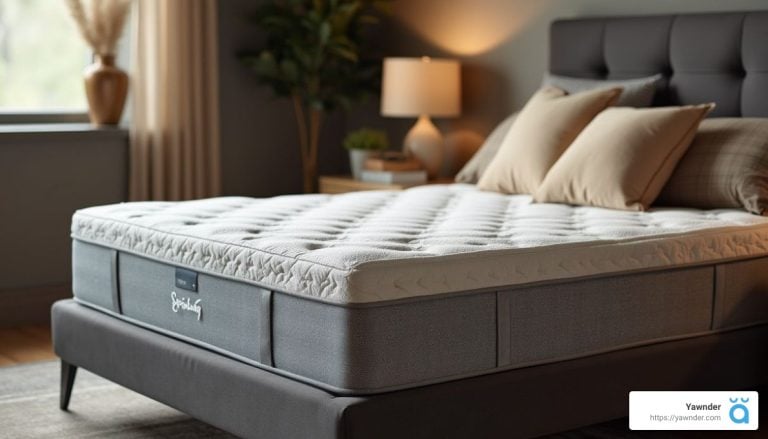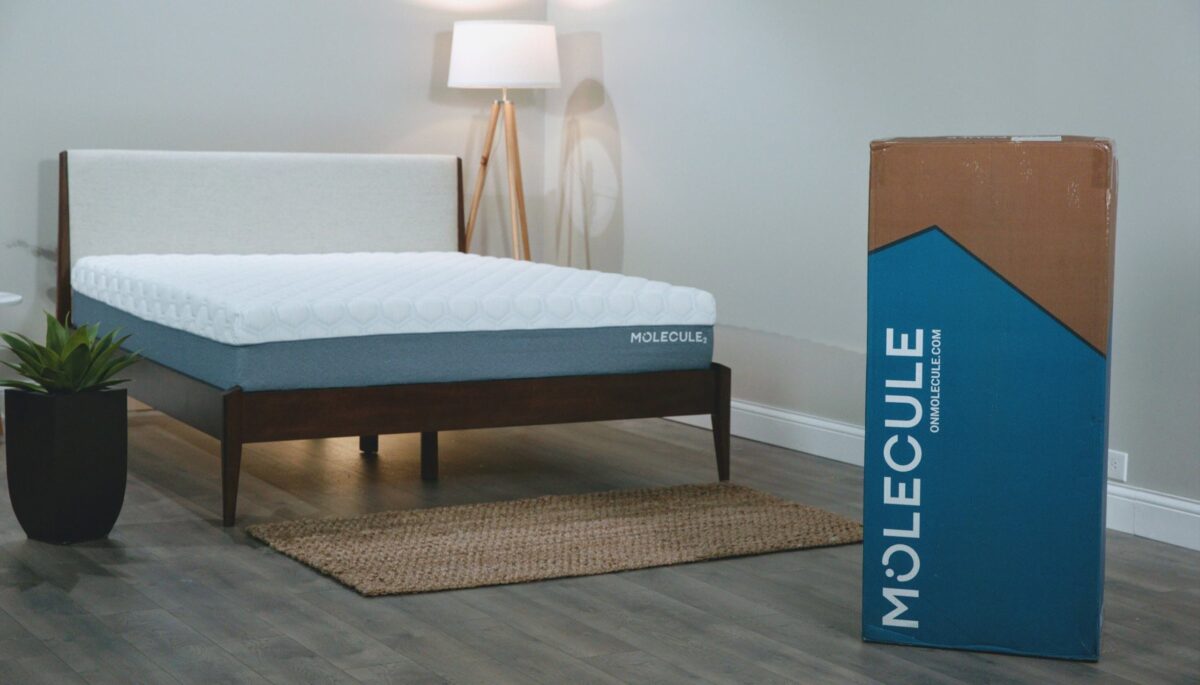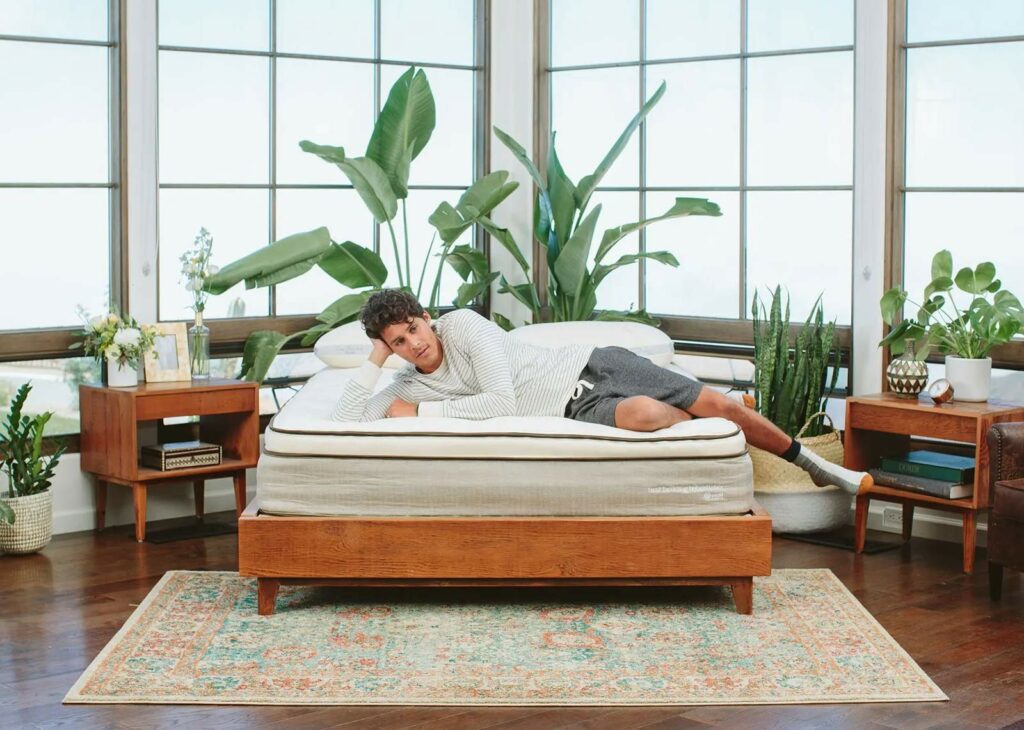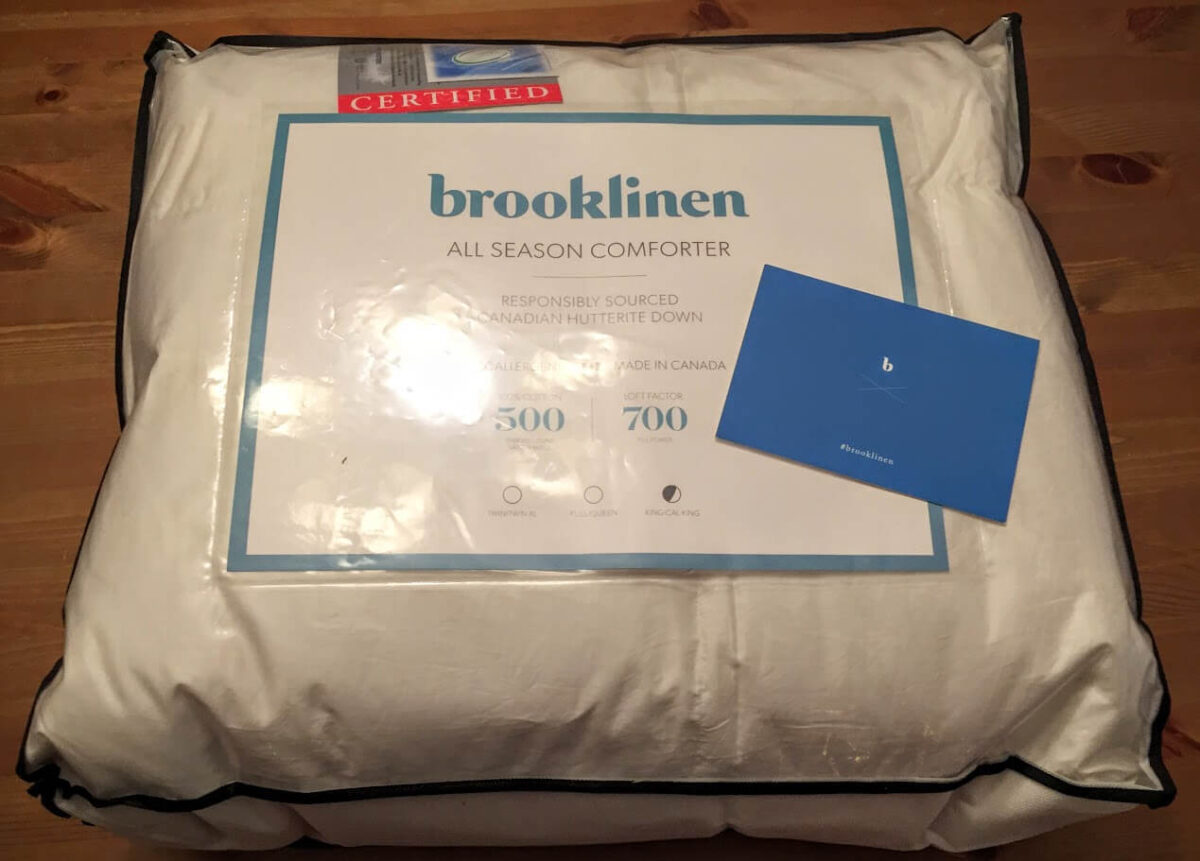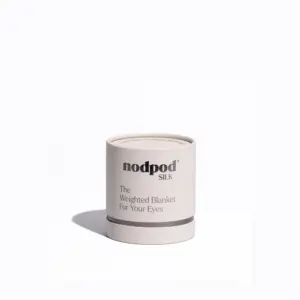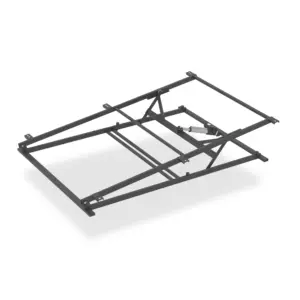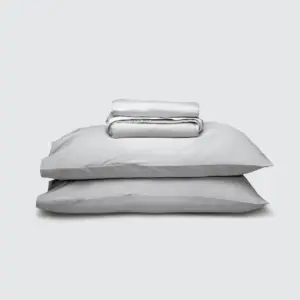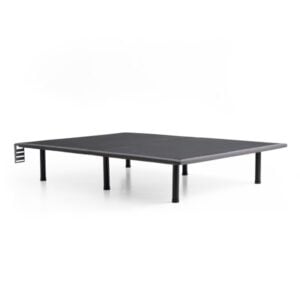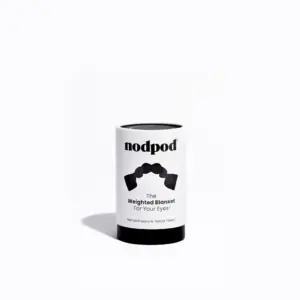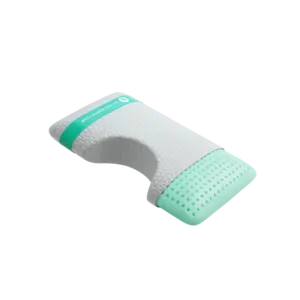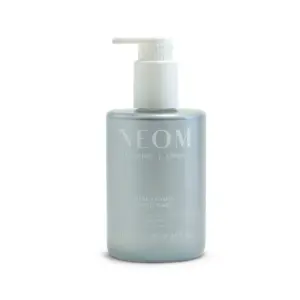Why Mattresses Are Advertised So Much on Podcasts: Secrets Behind the Phenomenon
The Unlikely Rise: Mattresses in Podcast Advertising
Have you ever noticed how often mattresses come up in podcast advertisements? While it may seem unexpected, the popularity of such ads can be attributed to the unique relationship between podcast hosts and their listeners. So, why are mattresses advertised so much on podcasts? Let’s delve into this phenomenon and uncover the secrets behind this booming marketing strategy.
The Power of Intimacy and Trust
Podcasting thrives on the intimate bond between hosts and their audience. When hosts speak in a conversational tone, they foster a sense of trust that traditional advertising simply cannot match. Listeners feel as if they are confiding in a friend, making them more receptive to recommendations.
Take, for example, popular shows like Your Mom’s House. Although the hosts, Tom Segura and Christina Pazsitzky, are not sleep specialists, their audience has grown to value their opinions. When they promote Saatva mattresses, listeners lend an attentive ear, recognizing the credibility behind the recommendation.
Engaged Audiences: A Goldmine for Advertisers
Another compelling factor is the extended attention spans associated with podcasts. Episodes can last anywhere from 30 minutes to a few hours, offering advertisers the chance to communicate their messages in a more engaging manner. This format translates into a lower likelihood of listeners skipping over ads.
Podcasts cater to niche audiences and specialized interests, allowing mattress brands to connect with potential customers who are already tuned into wellness and sleep discussions. Shows like “Huberman Lab” create an ideal stage for brands such as Helix, as the topics seamlessly align with advertising messages.
Cost-Effectiveness: A Smart Investment
Advertising through podcasts is often more affordable than traditional media options. With the Cost Per Thousand Impressions (CPM) rates for podcasts generally lower than those in digital advertising, brands can stretch their budgets further. Consequently, companies like Casper and Helix enjoy higher returns on investment (ROI) due in part to the engaged listener base.
– Lower CPM: Advertising on podcasts usually has a lower cost compared to other media.
– High Engagement: The engaged nature of podcast listeners leads to better conversion rates.
– Higher ROI: Trust and loyalty among audiences drive increased buying behavior.
In essence, the success of podcast advertising revolves around two core principles: building trust and delivering value at a lower cost. Let’s now explore why the mattress industry has particularly flourished in this advertising ecosystem.
Why Are Mattresses Advertised So Much on Podcasts?
Higher Markups and Profits
One key reason for the prevalence of mattress ads on podcasts is the high-profit margins in the industry. Typically, mattresses have markups of 40% to 50% or more. For instance, a mattress manufactured for $300 can retail for $1,000. This substantial margin translates to considerable advertising budgets, enabling brands to invest heavily in effective marketing channels.
Many mattress companies also benefit from a low overhead business model. By opting for direct shipping from warehouses, they eliminate costs associated with physical retail spaces. Marketing professor Utpal Dholakia emphasizes this point, stating, “It’s a relatively cheap business, with relatively large markups,” explaining the rapid proliferation of mattress brands.
Targeted Marketing: Meeting Niche Demands
Podcasts offer advertisers the advantage of reaching targeted audiences. With a diverse listener demographic that often includes wellness enthusiasts, podcasts become an ideal medium for mattresses marketed towards health-conscious consumers.
For example, shows focused on health and fitness drive home the importance of sleep, creating a fertile environment for promoting mattress brands capitalizing on this trend. With growing awareness around sleep health, podcasts provide an ideal platform for mattress companies to educate and engage.
Case Studies: Mattress Brands Winning Through Podcasts
Casper’s Relatable Approach
Casper has mastered podcast advertising by tying universal sleep challenges with their product solutions. Their ads resonate with listeners and feel less like aggressive sales pitches.
Helix’s Customization Strategy
Focusing on personalization, Helix Sleep showcases how their mattresses can be tailored to individual sleep styles. This approach appeals especially to podcasts dedicated to health, reassuring audiences that they are making individualized choices.
The Unique Appeal of Purple
Purple mattresses often stand out due to their innovative advertising around Purple Grid™ technology, which emphasizes pressure relief. This unique proposition makes them memorable among listeners, enhancing brand recall.
Saatva’s Quality Promise
With a consistent advertising presence on popular podcasts, Saatva aligns its marketing with themes of luxury and quality. This strategy attracts consumers who prioritize a good night’s sleep fit for their lifestyle.
The Changing Dynamics: From Stores to Online Shopping
While traditional mattress stores still operate, the shift to online sales has transformed the industry landscape. Direct-to-consumer brands leverage e-commerce to enable convenient shopping experiences. About 40% of mattress sales are now made online, driven by factors such as:
– Broader Selection: Online platforms typically feature a wider array of options compared to physical stores.
– Competitive Pricing: E-commerce eliminates many overhead costs, allowing for lower prices.
– Consumer Convenience: Shopping online enables easy comparisons and access to reviews.
However, the online buying experience does come with its challenges, such as the inability to physically test a mattress. To combat this issue, many online retailers provide generous return policies and trial periods, ensuring customers feel secure in their purchases.
FAQ: Understanding Mattress Advertising on Podcasts
Why are there so many mattress ads on podcasts? The high engagement, trust factor between hosts and audiences, and targeted reach make podcasts an excellent platform for advertisers.
What are podcast advertising costs? CPM rates can range from $18 to $50, while full sponsorship costs vary from $1,000 to $25,000 per episode, depending on the show’s popularity.
Why do people invest in mattresses? Consumers recognize that a quality mattress enhances sleep quality, affects health, and is a long-term investment in their well-being.
Conclusion: The Enduring Appeal of Podcast Mattress Ads
Ultimately, the surge in mattress advertising on podcasts represents a dynamic confluence of trust, engagement, and strategic marketing. As brands leverage the unique connections hosts have with their audiences, they successfully tap into a captive listener base ready to act on well-crafted recommendations.
At Yawnder, we recognize the importance of making informed mattress choices. Our mission is to provide expert reviews and insights, guiding you toward the right mattress for your needs. As the podcast market continues expanding, so will the opportunities for brands to reach consumers—an exciting avenue for both advertisers and potential buyers looking for that perfect night’s sleep. To explore our insights and reviews, visit us at Yawnder, and embark on your journey to a restful night.

